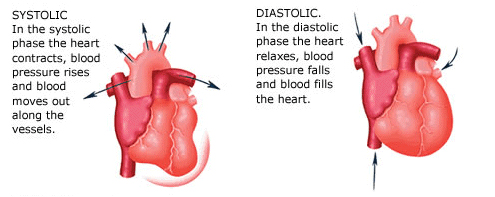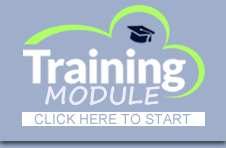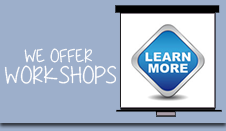
Some people experience symptoms such as dizziness, headache or shortness of breath that lead to the discovery of high blood pressure. Others find out htye have high blood pressure during routine checkups and are surprised becuase they feel fine. Others may not discover they have it until a more potentially fatal complication occurs such as a heart attack or stroke. Because of this High Blood Pressure is known as the "Silent Killer." Adopting a healthy lifestyle that includes daily Physical Activity can be an effective step in preventing and treating this "silent killer."
What Is High Blood Pressure?
Blood pressure refers to the amount of pressure on the walls of your arteries as the heart pumps blood. If this pressure rises and stays high over time it can do damage to the body. High blood pressure, also known as hypertension, is a serious condition that can lead to coronary heart disease, heart failure, stroke, kidney failure and other health problems.
Blood Pressure Numbers

You will often see blood pressure written with the systolic number above or before the diastolic number. For example blood pressure is considered high for an adult when it measures greater than 140/90. The 140 is the systolic number and the 90 is the diastolic number.
High Blood Pressure and Children
Regular blood pressure screenings start in childhood. According to the American Heart Association the factors of gender, age and height are all taken into consideration when calculating blood pressure in children. If the blood pressure is found to be high, the doctor will look to see if the blood pressure can be ruled "secondary hypertension" meaning it is caused by an identifiable secondary cause like disease or medication. If no secondary cause can be identified the high blood pressure is then considred as "primary hypertension." A variety of factors can contribute to primary hypertension including family history, excess weight or obesity and sometimes race.
How Physical Activity Can Help
As with adults, there are lifestyle changes that children can make to prevent and manage high blood pressure.
- Enjoy a heart healthy diet
- Participate in regular physical activity
- Manage a healthy weight
- Avoid tobacco products
Participating in regular physical activity can play a major role in preventing and managing high blood pressure. The heart is a muscl eand regular physical activity makes it stronger. A stronger heart can pump more blood with less effort. If the heart can work less the force on the arteries decreases resulting in lower blood pressure.
![]()
National Heart Lung and Blood Institute
www.nhlbi.nih.gov
United States Department of Health and Human Services
Physical Activity Guidelines for Americans - 2018
https://health.gov/sites/default/files/2019-09/Physical_Activity_Guidelines_2nd_edition.pdf














